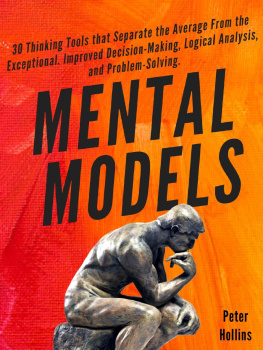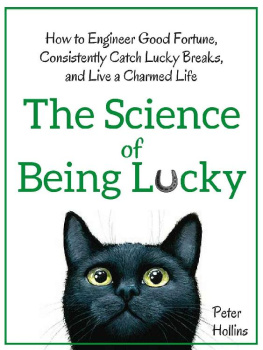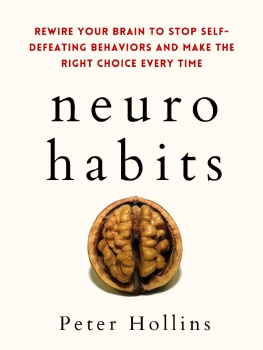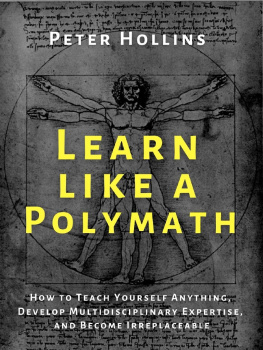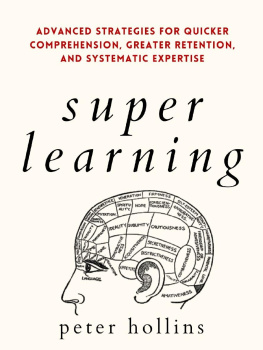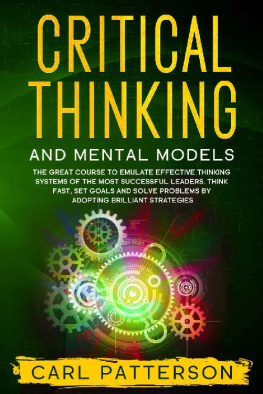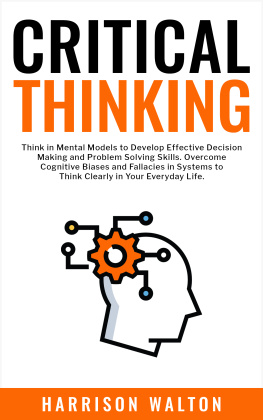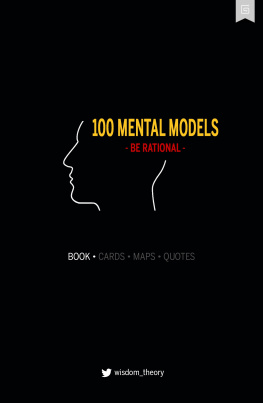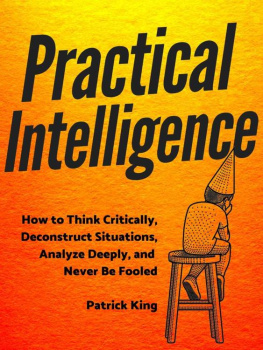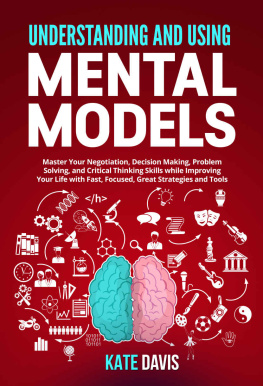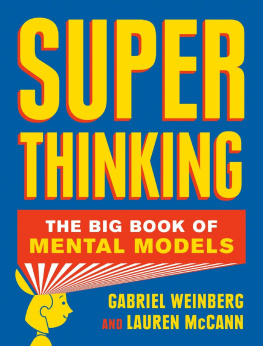Table of Contents
Mental Models:
30 Thinking Tools that Separate the Average From the Exceptional. Improved Decision-Making, Logical Analysis, and Problem-Solving.
By Peter Hollins,
Author and Researcher at petehollins.com
Click for your FREE Human Nature Cheat Sheet: 7 Surprising Psychology Studies That Will Change The Way You Think .
Table of Contents
Chapter 1. Decision-Making for Speed and Context
MM #1: Address Important; Ignore Urgent
MM #2: Visualize All the Dominoes
MM #3: Make Reversible Decisions
MM #4: Seek Satisfiction
MM #5: Stay Within 4070%
MM #6: Minimize Regret
Chapter 2. How to See More Clearly
MM #7: Ignore Black Swans
MM #8: Look for Equilibrium Points
MM #9: Wait for the Regression to the Mean
MM #10: What Would Bayes Do (WWBD)?
MM #11: Do It Like Darwin
MM #12: Think With System 2
Chapter 3. Eye-Opening Problem-Solving
MM #13: Peer Review Your Perspectives
MM #14: Find Your Own Flaws
MM #15: Separate Correlation From Causation
MM #16: Storytell in Reverse
MM #17: SCAMPER It
MM #18: Get Back to First Principles
Chapter 4. Anti-Mental Models: How Avoidance Breeds Success
MM #19: Avoid Direct Goals
MM #20: Avoid Thinking Like an Expert
MM #21: Avoid Your Non-Genius Zones
MM #22: Avoid To-Do Lists
MM #23: Avoid the Path of Least Resistance
Chapter 5. Oldies but Goodies: Theyre Still Around for a Reason!
MM #24: Murphys Law
MM #25: Occams Razor
MM #26: Hanlons Razor
MM #27: The Pareto Principle
MM #28: Sturgeons Law
MM #29-30: Parkinsons Laws
Summary Guide
Chapter 1. Decision-Making for Speed and Context
The name Charlie Munger might not ring a bell, but youre probably familiar with his business partner, Omaha billionaire Warren Buffett, one of the worlds most famous investors and, accordingly, one of the worlds richest people for decades running.
The two of them have worked side by side for Buffetts multi-conglomerate Berkshire Hathaway since 1978. Although Munger isnt in the spotlight as much as his partner, Buffett credits an overwhelming amount of his success to his alliance with him. And in recent years, Munger has begun to build a following in his own right based on how he has articulated his approach to life.
This mostly began when Munger emerged from the shadows to give a commencement speech at USC Business School in 1994 entitled Lesson on Elementary, Worldly Wisdom as It Relates to Investment Management & Business. The impact of Mungers speech has proven to be highly influential in the decades after it was delivered, as it introduced the concept of mental models, which was subsequently disseminated to the public at large. He mused,
What is elementary, worldly wisdom? Well, the first rule is that you cant really know anything if you just remember isolated facts and try and bang em back. If the facts dont hang together on a latticework of theory, you dont have them in a usable form. Youve got to have models in your head. And youve got to array your experienceboth vicarious and directon this latticework of models.
You may have noticed students who just try to remember and pound back what is remembered. Well, they fail in school and in life. Youve got to hang experience on a latticework of models in your head.
What are the models? Well, the first rule is that youve got to have multiple modelsbecause if you just have one or two that youre using, the nature of human psychology is such that youll torture reality so that it fits your models, or at least, youll think it does. You become the equivalent of a chiropractor who, of course, is the great boob in medicine.
Its like the old saying, To the man with only a hammer, every problem looks like a nail. And of course, thats the way the chiropractor goes about practicing medicine. But thats a perfectly disastrous way to think and a perfectly disastrous way to operate in the world.
So youve got to have multiple models. And the models have to come from multiple disciplinesbecause all the wisdom of the world is not to be found in one little academic department. Thats why poetry professors, by and large, are so unwise in a worldly sense. They dont have enough models in their heads. So youve got to have models across a fair array of disciplines.
You may say, My God, this is already getting way too tough. But, fortunately, it isnt that toughbecause eighty or ninety important models will carry about ninety percent of the freight in making you a worldly wise person. And of those, only a mere handful really carry very heavy freight.
He went on to emphasize at a later point,
You must know the big ideas in the big disciplines and use them routinelyall of them, not just a few. Most people are trained in one modeleconomics, for exampleand try to solve all problems in one way. You know the old saying: to the man with a hammer, the world looks like a nail. This is a dumb way of handling problems.
While I wouldnt go so far as to say that having deep expertise in a discipline is dumb, its certainly not an optimal or efficient way of solving or understanding situations that life will toss your way. It leaves you woefully unequipped for whatever lies outside your primary knowledge base, but the answer isnt to become an expert in every field. Its finding your own latticework of mental models.
Thus, Munger makes it clear that to navigate the world without a set of mental models is tantamount to blindfolding yourself and randomly pointing to a spinning globe while trying to find Cuba. Without mental models as a blueprint to guide your thinking, you are only able to see haphazard, individual elements with no connection to each other.
To continue with his hammer analogy, if you are working on a construction site, it would serve you well to know how to use a hammer, saw, nails, drill, sander, and so on. The more tools you are familiar with, the better you can handle different and novel construction jobs; the more mental models you acquire, the better you can deal with and understand old and new life occurrences.
So what exactly is a mental model?
Its a blueprint to draw your attention to the important elements of whatever you are facing, and it defines context, background, and direction. You gain understanding even if you lack actual knowledge or experience, and the ability to make optimal decisions.
For instance, if you are an aspiring chef, most of what you end up learning amounts to mental models: what kind of flavor profiles exist, what basic ingredients are needed for a stock or a sauce, typical techniques to use for different meats, and the conventional beverage and food pairings. Understand those, and you will generally know how to handle yourself with any type of cuisine. Absent a latticework of underlying models, each new recipe would present entirely new struggles.
Although many are universal, different situations will require different types of blueprintsand thats why Munger so emphasized the latticework of mental models so as to be prepared in as many situations as possible. Without a mental model, you might see only a random assortment of lines. But with an applicable mental model, its like being handed a map to what all those lines meannow you can correctly interpret information and make an informed decision.
Mental models provide an understanding of the situation, and predictable results for what will happen in the future. You can call them life heuristics or guidelines to evaluate and comprehend. You can also think of them as a set of goggles you can strap on when you want to focus on a specific goal.
You might be thinking that no model is an entirely perfect reflection of the world, but they dont have to be. They just need to point us in the right direction to the complexity around us and filter the signal from the noise. Anyway, thats better than the alternative of being completely blind.

